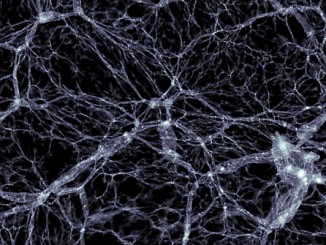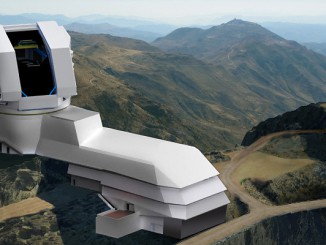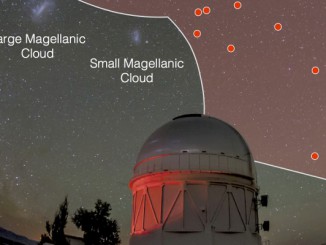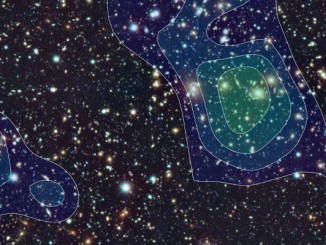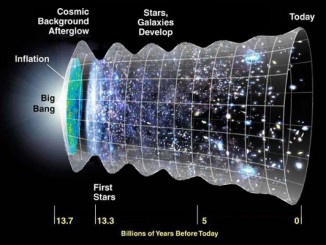
Deepest 3-D galaxy map suggests Einstein’s theory stands true
Using data from the 8.2-metre Subaru Telescope, an international team led by Japanese researchers has made a 3-D map of 3,000 galaxies 13 billion light-years from Earth. Based on this comprehensive survey — the first such study at this great distance — the team was able to confirm that Einstein’s general theory of relativity is still valid.

